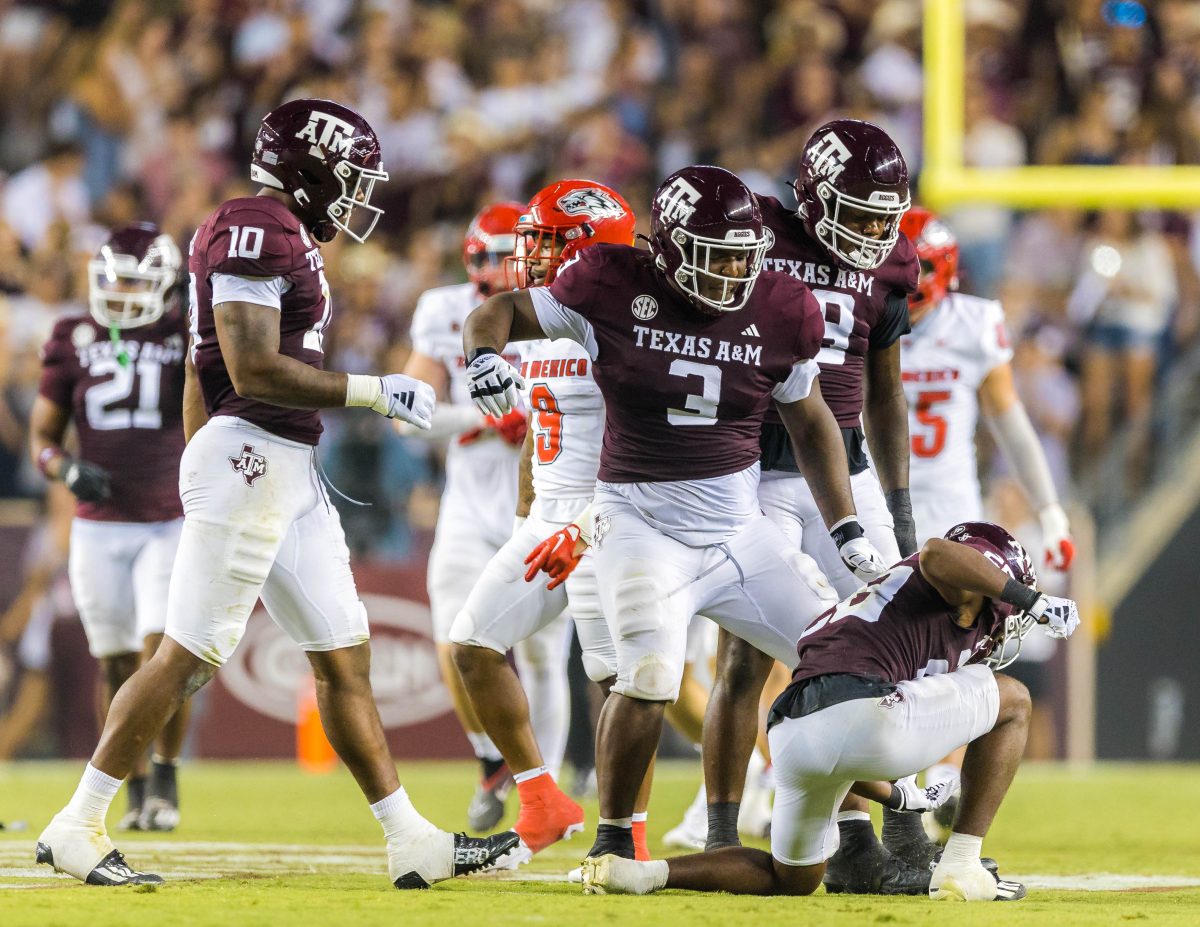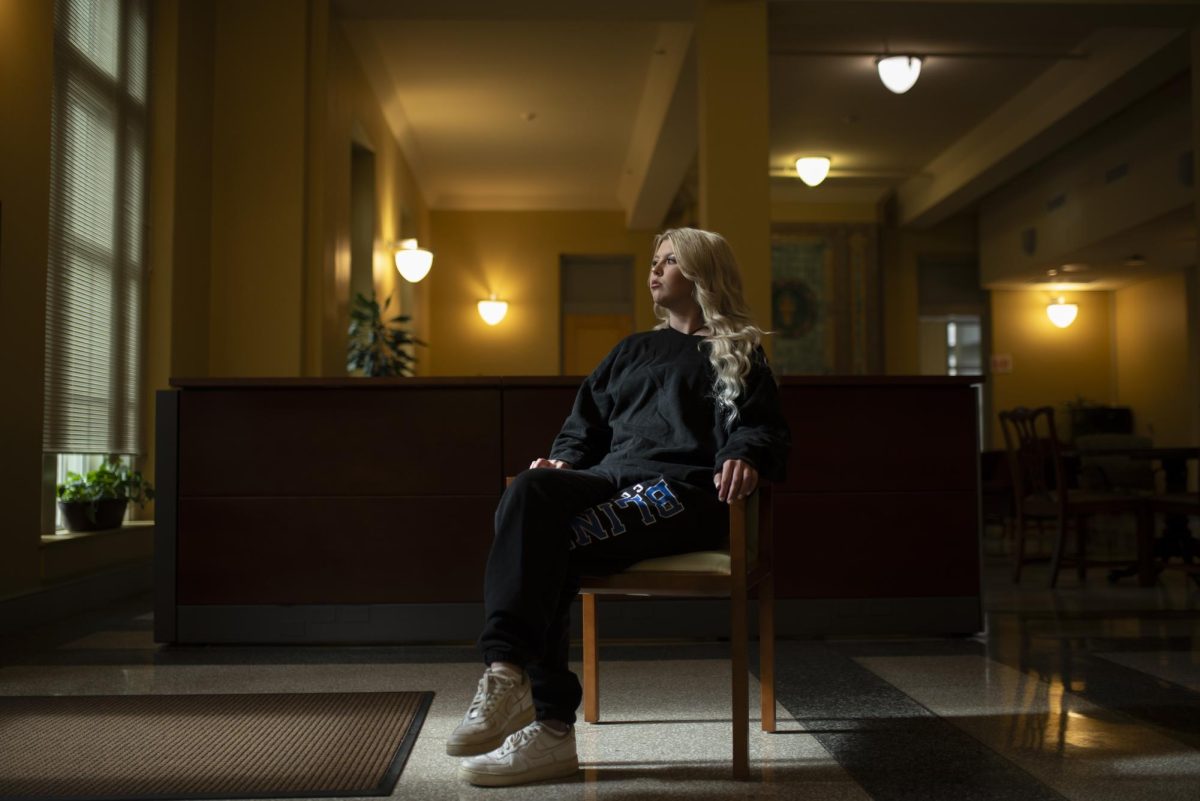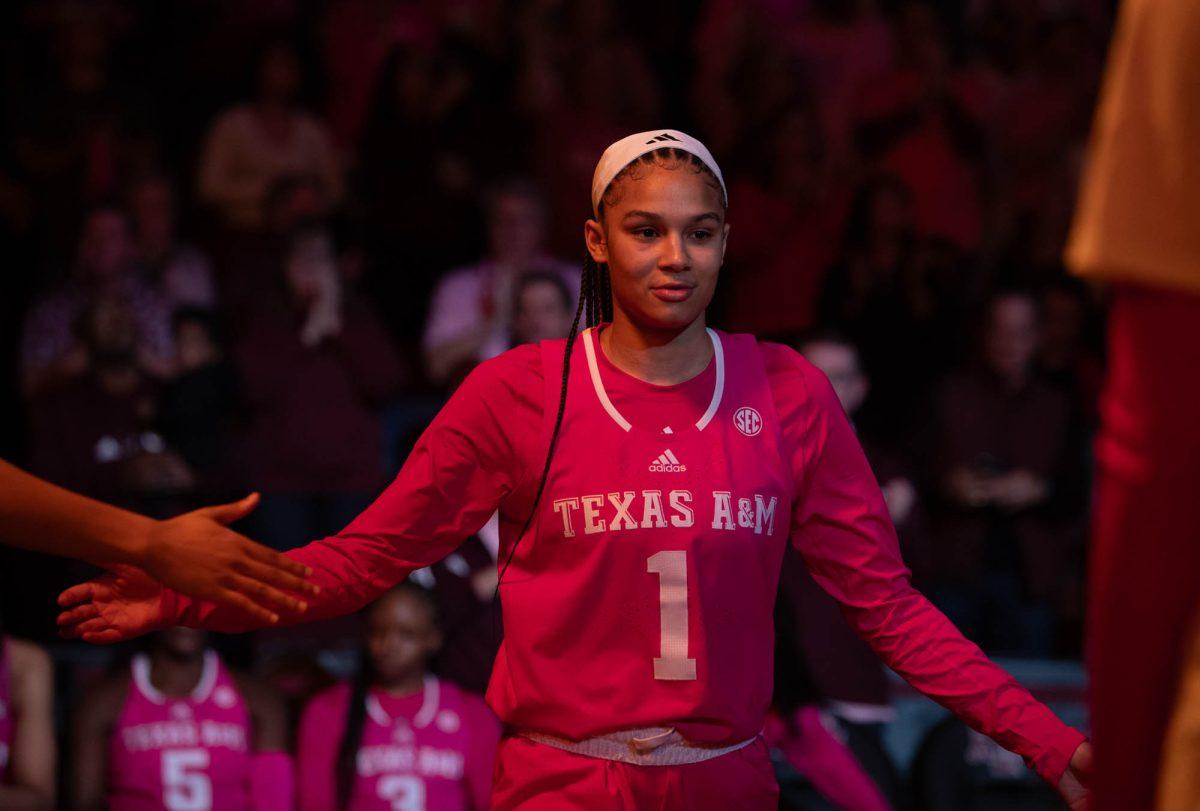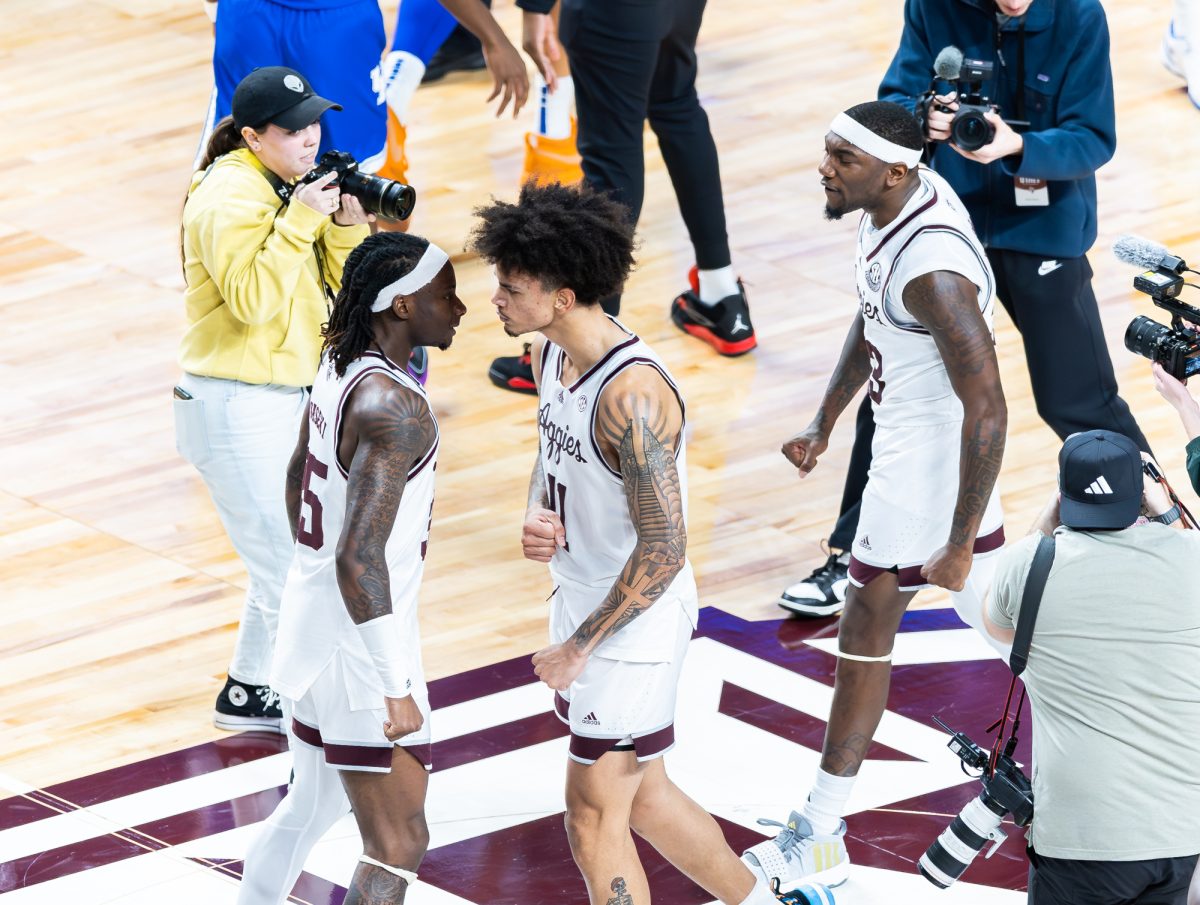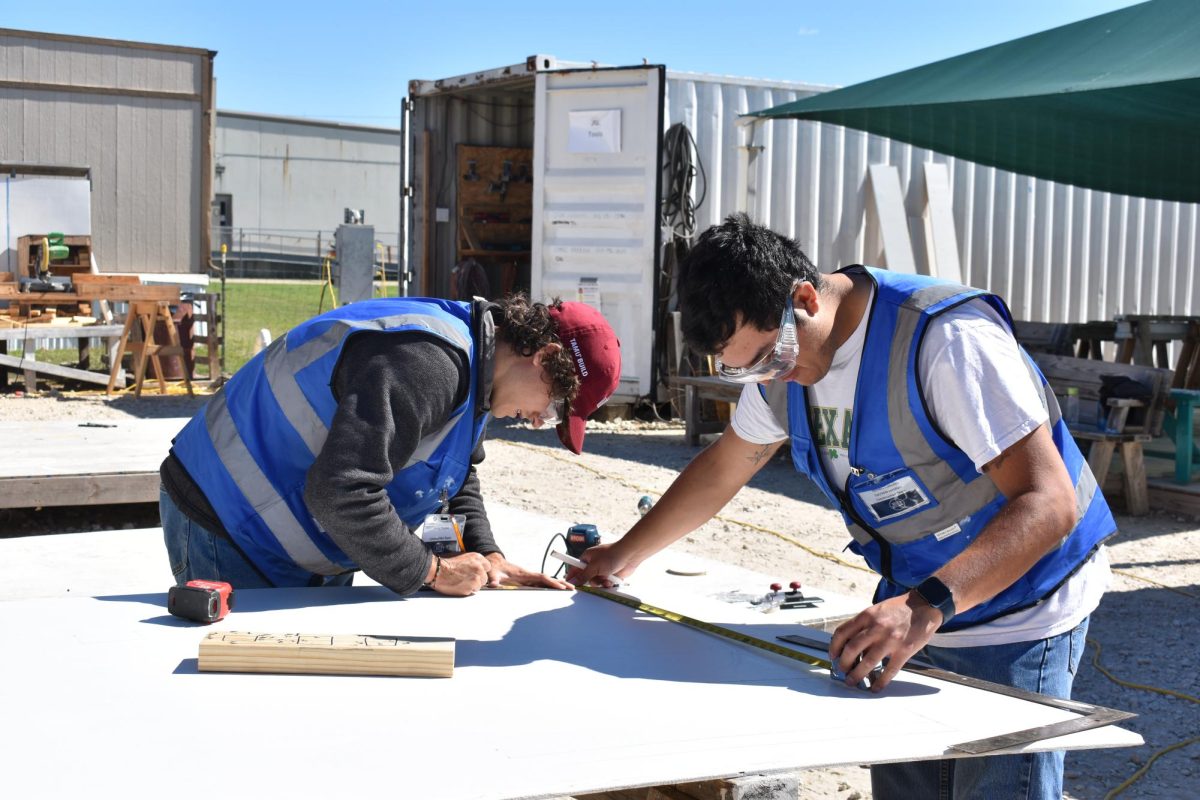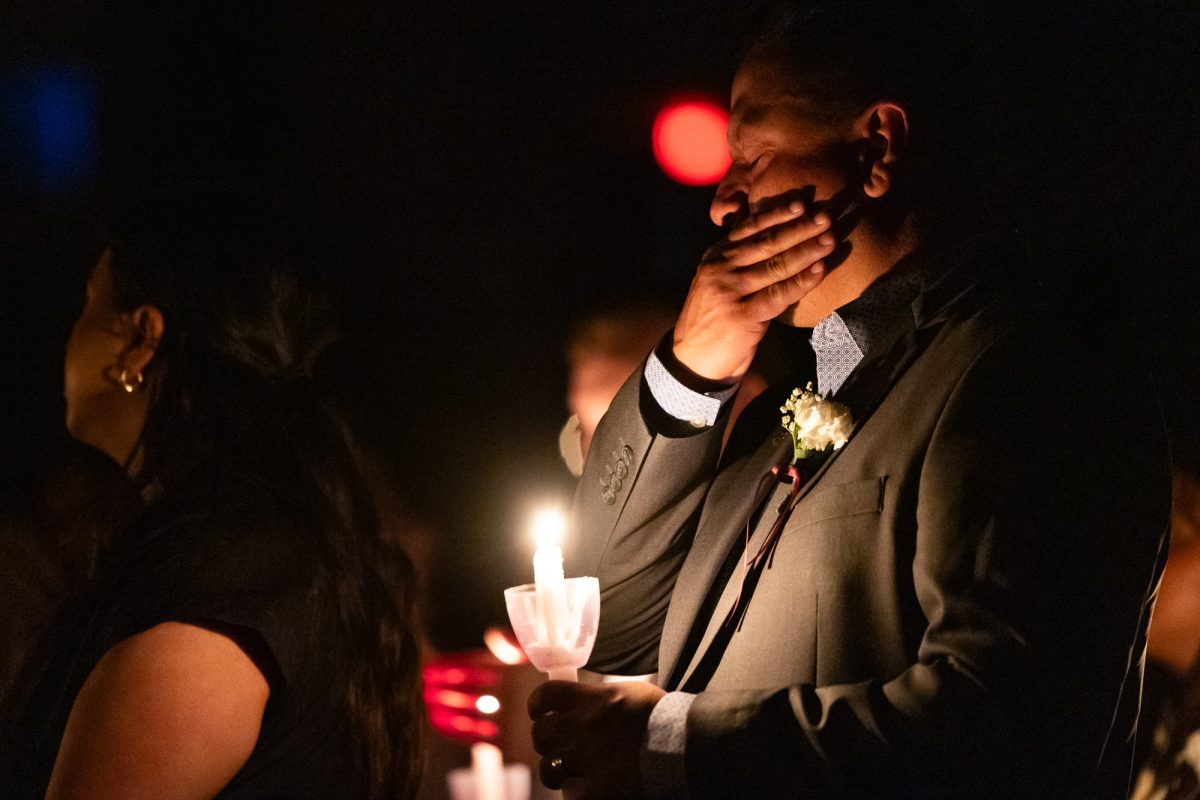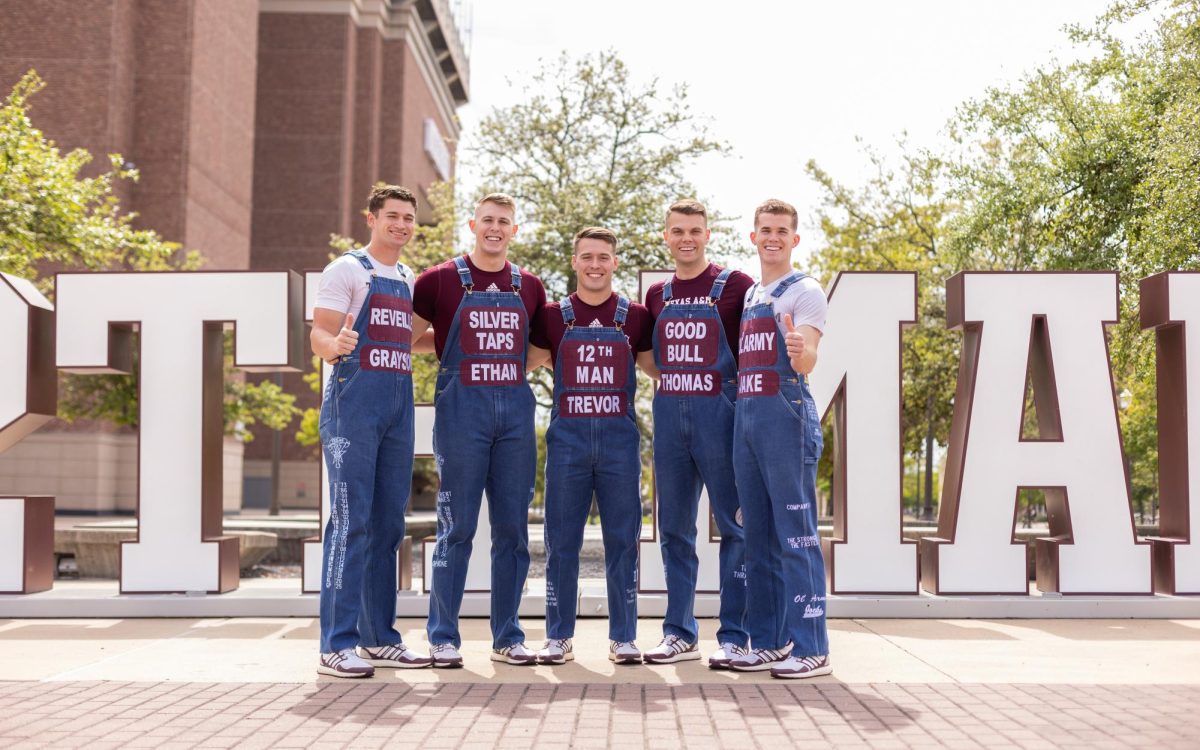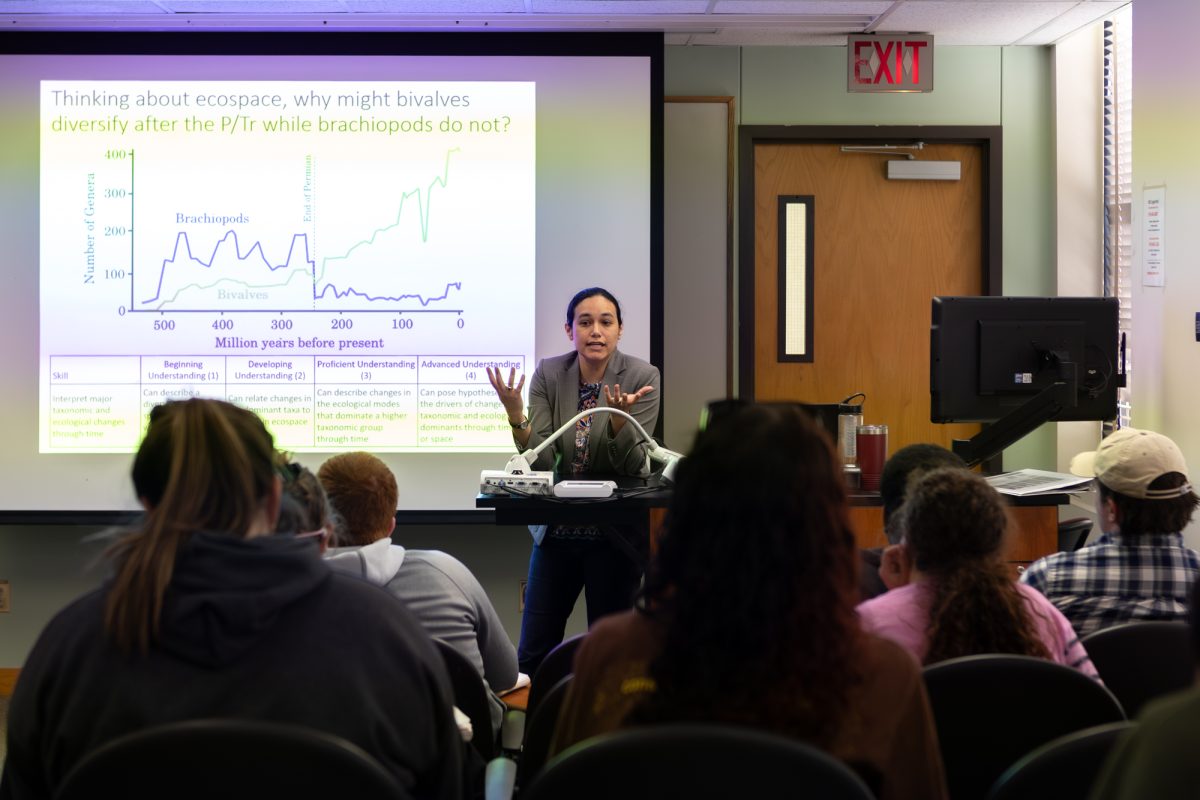Aerospace engineering investigates much more than an airplane’s airfoil and engines — it also takes into account the pilot’s response.
Texas A&M researchers hope to gain a deeper insight into a pilot’s decision-making process through a flight simulation study meant to gauge a pilot’s reaction under stress. The research conducted at A&M’s flight simulation laboratory combines several disciplines to answer an important question: What effects do stressful situations have on a pilot’s flight ability?
John Valasek, aerospace engineering professor and principal investigator of the aviation research, said the project will put pilots in realistic situations to test how they react to weather, alerts and any issues they may encounter.
“Research is being conducted right here in the Vehicle Systems and Control Laboratory using the engineering flight simulator,” Valasek said. “We’re running a study during this fall semester where we are going to take a minimum of 50 general aviation pilots.”
Thomas Ferris, assistant professor of industrial and systems engineering and co-investigator of the research, focuses on the human aspect.
“A lot of the research I do in my lab has to do with workload and we measure that several different ways,” Ferris said. “One way is with traditional surveys, so at the end of the study you would circle some indexes — rate your mental demand, rate your physical demand — there are a bunch of standardized scales that we use.”
Ferris said one of the more interesting ways to assess workload is to collect online physiological data that correspond with workload. For the study, measures of heart rate, heart rate variability and galvanic skin response will be collected.
“When you get a heavy workload and there’s stress related to that, your heart rate tends to go up and your heart rate tends to be more regular,” said Ferris. “The rate varies more between beats when you’re relaxed.”
Galvanic skin response tests use the same technology as lie detector tests, Ferris said.
“When people lie, they often have an autonomic reaction by which their body produces a little bit more sweat on the surface of the skin, and the same thing happens if you get stressed out or if you experience high mental or physical workload,” Ferris said. “We can detect the change in perspiration levels via a very small electric current on the skin, and you can see the data change almost immediately following a stressful event.”
Ferris said the testing apparatuses are comfortable and have few wires, so participants often forget they are wearing them. This is important to maintain a sense of realism in the simulation environment.
“We have a baselining period for like five to 10 minutes where they just relax as much as possible, and not only does that give us physiological data levels for when they’re totally relaxed, but it also gives participants some time to get over any nervousness in getting started with the experiment,” Ferris said.
Joshua Harris, aerospace engineering graduate student, said programming a realistic simulation has proved challenging at times.
“That’s actually been probably one of the major efforts of this project right now is just trying to get the simulators to do what we need them to, and it’s not a trivial technical task,” Harris said. “It’s not the hardest thing in the world, but getting it so that you have the weather you want and so it’s also believable is somewhat challenging.”
Harris said much of this preparation is integration work, meaning they need to put all the information together into one cohesive simulation.
“You have the human factor side that’s being done a lot with industrial systems and engineering, then we’ve got a couple people from computer science doing some of the software development like for the alert application,” Harris said. “Then, in here we’re doing the simulation and getting it all put together.”


